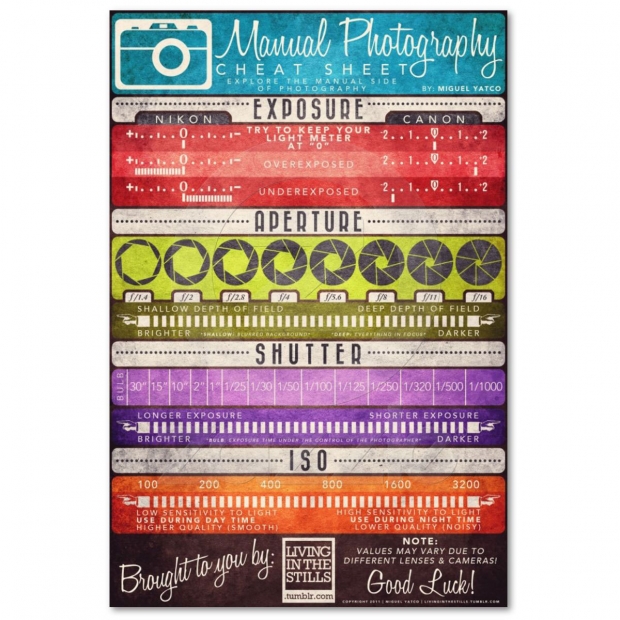Photography Tips For Beginners: Understanding Your Camera In A Snap
Photography Tips For Beginners: Understanding Your Camera In A Snap
Blog Article
Created By-Tobin Fuentes
When you first pick up your cam, it can feel overwhelming with all the setups and alternatives available. You may find yourself asking yourself how to browse aperture, shutter speed, and ISO properly. Grasping these basics is crucial, but there's more to photography than simply technical knowledge. Understanding composition methods and illumination conditions can boost your pictures substantially. So, what if you could find out simple approaches to enhance your abilities and start recording impressive photos earlier than you think? Let's check out just how to change your photography journey.
Recognizing Camera Setups
Recognizing your cam settings is critical for capturing stunning photos. When you get your video camera, familiarize on your own with the 3 primary settings: aperture, shutter speed, and ISO. Each plays a crucial function in exactly how your pictures end up.
Begin with aperture, which controls the amount of light entering the lens. https://blogfreely.net/burton82harley/just-how-to-select-the-right-electronic-camera-for-your-digital-photography (lower f-number) lets in more light and creates a stunning history blur, perfect for pictures. Alternatively, a narrower aperture (greater f-number) keeps more of the scene in focus, suitable for landscapes.
Next, focus on shutter speed. This setup figures out for how long your video camera's sensor is revealed to light. A quick shutter rate freezes motion, which is fantastic for action shots, while a sluggish shutter rate can create sensational results like smooth water in landscapes.
Finally, adjust your ISO. This setting affects your camera's sensitivity to light. A higher ISO is useful in low-light circumstances but can present noise or grain. Go for the lowest ISO possible while still attaining proper exposure.
Structure Strategies
When you're out shooting, structure can make all the difference in exactly how your photos reverberate with visitors. Beginning by utilizing the regulation of thirds; visualize your framework divided right into 9 equal sections with two horizontal and 2 upright lines. Placement key elements along these lines or at their junctions to develop balance and rate of interest.
Next off, consider leading lines. These natural lines in your scene, like roadways or rivers, attract the audience's eye right into the photo, leading them through the tale you're telling.
Do not forget mounting; use aspects within your scene, like trees or home windows, to create a framework around your subject, including depth and focus.
Likewise, watch on your background. A messy history can distract from your major subject, while a basic one helps it stick out.
Lastly, trying out proportion and patterns; they can produce a striking picture that catches focus.
Mastering Lights Conditions
Mastering lights conditions is important for capturing magnificent photographs, as the ideal light can change an ordinary scene into something phenomenal.
Begin by observing all-natural light at different times of the day. go to this web-site and late afternoons supply the very best light, referred to as the gold hour. The soft, cozy tones throughout these times can boost your pictures perfectly.
Don't avoid overcast days either; diffused light can minimize harsh darkness and produce a pleasing result, specifically for pictures.
Trying out backlighting by placing your topic against the light. This strategy can develop a wonderful halo effect and include deepness to your pictures.
Take note of your camera setups also. Readjust the ISO, aperture, and shutter speed to match the lighting conditions. A greater ISO can assist in reduced light, but be cautious of grain.
Make use of a tripod in darker atmospheres to avoid blur.
Finally, don't forget fabricated lighting. Flash and constant lights can be wonderful devices for regulating light in tough problems.
Conclusion
Finally, understanding your electronic camera does not have to be overwhelming. By recognizing your setups, applying composition techniques, and harnessing the power of all-natural light, you'll promptly boost your digital photography abilities. Remember, exercise makes perfect, so go out there and experiment with your newly found understanding. With time and dedication, you'll be catching magnificent pictures that mirror your distinct perspective. Delight in the journey, and do not forget to have a good time while you're at it!
